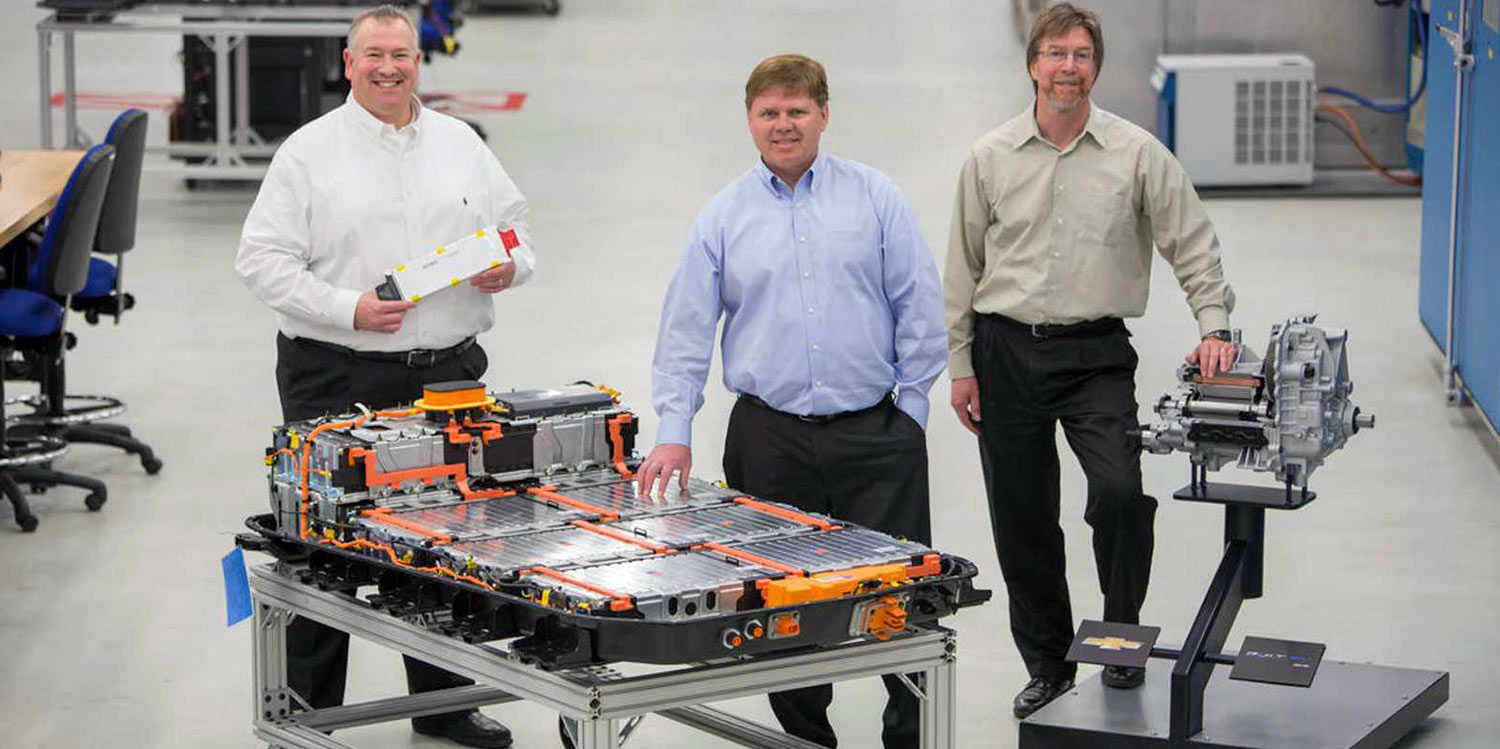On a recent trip to Detroit, we spent a few minutes with Tim Grewe, GM’s director of battery cell engineering and electrification strategy. The company has a robust and expanding battery-cell R&D program and testing facility. At the same time, GM announced a new joint venture with LG Chem to build an Ohio-based battery gigafactory with 30 GWh of annual capacity.
General Motors will be relying on Grewe and his team to deliver battery solutions for the GMC Hummer EV and a growing list of future GM electric vehicles. Here’s an edited version of our interview with Grewe.
Electrek: Are you encouraged by how the industry is bringing down the cost of cells?
Tim Grewe: The costs are coming down dramatically. We’re not anywhere close to the bottom. When we started [making EVs], we didn’t have the field data. So we were conservative with the batteries. The active material inside the cell was number one. But you still have to work on everything else.
What about the supply of materials for cells, like cobalt and nickel?
There’s talk of getting rid of cobalt. How do you get the same energy density with no cobalt? And people are talking about the great nickel spike of 2024. That’s predicted.
We’re working on battery recycling so that we mitigate that a little bit. The problem is, for example, the Volt extended-range batteries are still going strong. There was an extended range Volt that had 450,000 miles on it, and the battery was still chugging along. So it’s a question of getting supply into the recycling stream. There’s just not enough supply to have a secondary use company so it can depend on the supplier.
We are actively looking into our design to make disassembly easier. If you look at our pouch cells, the nice part of the tabs being on both sides, if you drain it, and then you slice it, you can separate it. And so now you’re putting a cathode or an anode into the reclaimer. You’re not putting them both in. There’s a lot of technology that we’re working on. We have partners who know the recycling business that we can leverage.
Talk a little bit about cell form factor, pouches versus prismatic cells. Has that settled yet?
It’s what’s inside the cell that counts. Our future architecture can handle everything. We can flex with the industry. If you look at where our Ohio joint venture [with LG Chem] is going, we’re not stopping at that pouch. We’re vertically integrated where we understand all that, and how to make it optimal.
There are different trade-offs. One of the nice things about the blade cell is you can cool it on both sides of the tabs. Then you get all those conductors running through there as your heatsink.
Are you working on solid-state batteries? Is that eight to 10 years away?
It’s closer than that. We’re chasing it as hard as we can. But we have to make sure it doesn’t disappoint [for energy density, cell life, etc.]

Tim Grewe, center, with colleagues working on the Bolt EV battery pack
How do you account for future, faster charging rates?
We don’t want the car to be the limit. There’s a way to do technology and do it all. Better graphites are coming out and better mixes that happen inside the cell.
We need to make sure the cell and the vehicles are out of the way — with actively cooled cords. The big boys are jumping in, like Exxon. And 3M is coming out with what I call plastic water. It’s electrically insulated, thermally conductive water.
How will your new battery-development facilities help you?
It’s mostly larger scale — nothing fancy, just good old engineering and iterating as a learning organization. We’re constantly working on better test methods. It’s 10,000 details. At General Motors, we have all these experts running in parallel. We pull that together.
We use factory-management systems and combine it with the telematics, and do the big data, to turn this into an optimized solution.
FTC: We use income earning auto affiliate links. More.
Subscribe to Electrek on YouTube for exclusive videos and subscribe to the podcast.